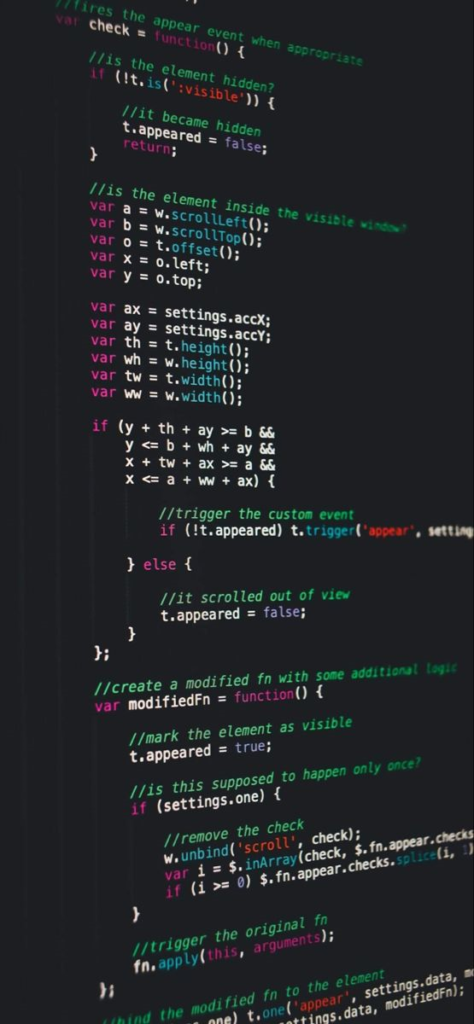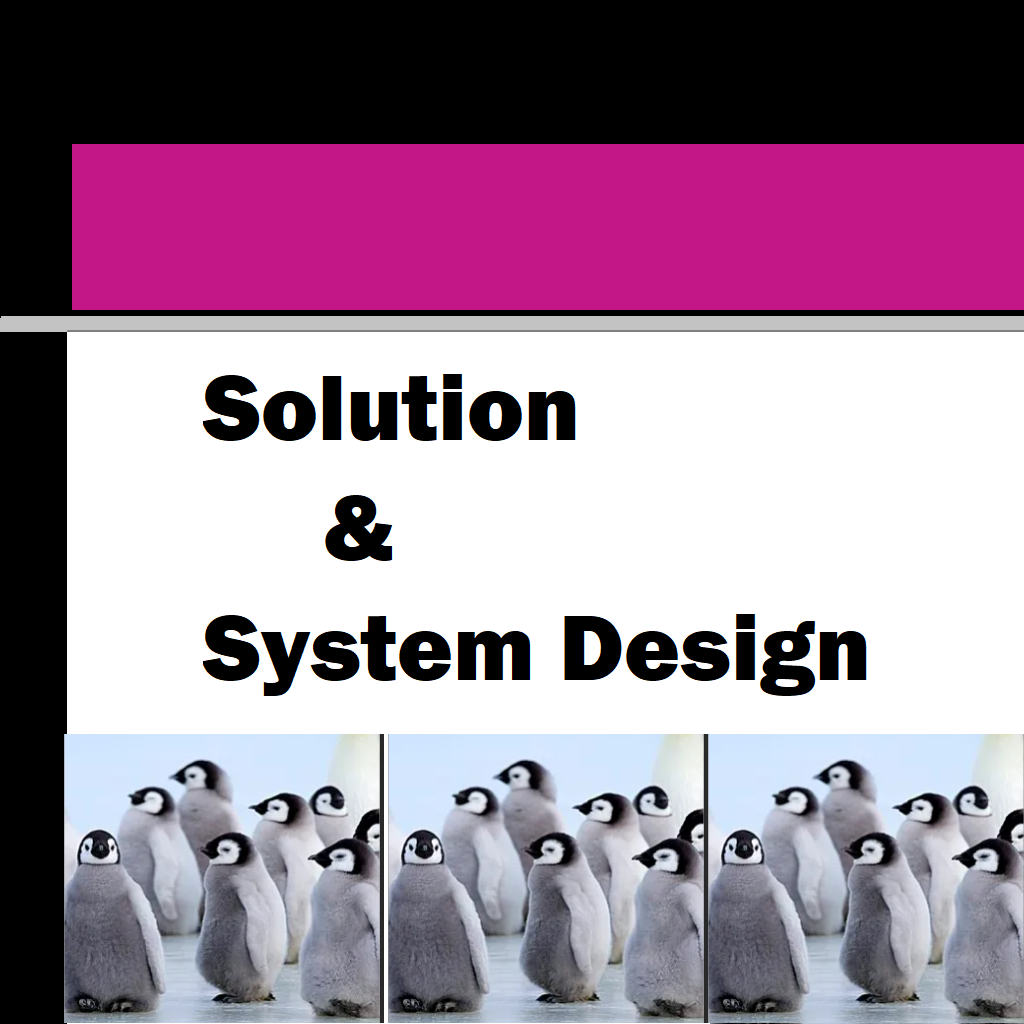We see patterns everywhere yet we are not very sure if there is a utility of patterns in software development. In the world of software development, efficiency and maintainability are crucial. One of the most effective ways to achieve these goals is by using patterns in programming. These patterns provide reusable solutions to common problems, helping developers build scalable and efficient software. This article explores what programming patterns are, the areas they focus on, their impact on software development, and why they are essential. We will also provide comprehensive examples to illustrate these concepts.
Table of Contents
What Are Patterns in Programming?.
Areas of Focus in Programming Patterns.
Companies Using Patterns and Their Benefits.
Detailed Explanation of Singleton, Factory, and Observer Patterns.
Impact of Patterns in Programming.
Why Are Programming Patterns Important?.
Comprehensive Examples of Programming Patterns.
What Are Patterns in Programming?
Patterns in programming refer to reusable solutions to recurring problems encountered during software development. They encapsulate best practices that experienced developers have refined over time. These patterns help in designing, structuring, and optimizing code for better efficiency, scalability, and maintainability.
Programming patterns can be categorized into various types, each serving a distinct purpose. The three main categories of programming patterns are:
- Creational Patterns – Focus on object creation mechanisms to enhance flexibility and reuse.
- Structural Patterns – Concerned with object composition and how classes and objects are structured.
- Behavioural Patterns – Define how objects interact and communicate.
Areas of Focus in Programming Patterns
Patterns in programming focus on several key areas to improve software design and development. These include:
1. Code Reusability
One of the primary focuses of programming patterns is code reusability. By applying these patterns, developers can avoid rewriting the same logic multiple times, leading to a more efficient development process.
2. Maintainability
A well-structured application is easier to maintain. Patterns provide clear guidelines for structuring code, making it easier to debug, extend, and modify when necessary.
3. Scalability
Software applications often need to grow in size and complexity. Patterns provide strategies to design applications that can scale efficiently without significant refactoring.

4. Flexibility
Design patterns enable flexibility in software development by decoupling components and making the system adaptable to changes.
5. Performance Optimization
Many patterns optimize the performance of applications by reducing redundant operations, optimizing memory usage, and improving response times.
Which Aspects Use Patterns?
Patterns in programming are widely used across multiple aspects of software development, including:
1. User Interface Design
Patterns such as Model-View-Controller (MVC) are used in front-end development to separate concerns and improve maintainability.
2. Data Management
Patterns like Repository and Data Access Object (DAO) are applied in data handling and persistence layers to provide structured access to data sources.
3. Software Architecture
Microservices architecture follows patterns such as Event-Driven and CQRS (Command Query Responsibility Segregation) for better modularity and scalability.
4. Security
Patterns such as Authentication and Authorization models, as well as Cryptographic Design Patterns, are used to enforce security measures.
5. Networking and Distributed Systems
Patterns like Circuit Breaker, Load Balancing, and Observer patterns are used to manage network communication efficiently.

Companies Using Patterns and Their Benefits
Several leading tech companies leverage programming patterns for efficient software development. Below is a comparative table showcasing some companies, the patterns they use, and the benefits they achieve.
| Company | Patterns Used | Benefits Achieved |
| Singleton, Factory, Observer | Enhanced scalability, code reuse, and maintainability | |
| Microsoft | MVC, Factory, Dependency Injection | Better modularity, testability, and reduced development time |
| Amazon | Event-Driven, Microservices | High availability, resilience, and efficient system scaling |
| MVC, Observer, Factory | Improved UI responsiveness and real-time updates | |
| Netflix | Circuit Breaker, Load Balancing | Enhanced system reliability and fault tolerance |
Detailed Explanation of Singleton, Factory, and Observer Patterns
1. Singleton Pattern
The Singleton pattern ensures that a class has only one instance and provides a global point of access to it. It is commonly used for managing shared resources such as database connections, configuration settings, and logging systems.
Example of Singleton in Python:
class Singleton:
_instance = None
def __new__(cls):
if cls._instance is None:
cls._instance = super(Singleton, cls).__new__(cls)
return cls._instance
singleton1 = Singleton()
singleton2 = Singleton()
print(singleton1 is singleton2) # Output: True2. Factory Pattern
The Factory pattern is a creational pattern that provides an interface for creating objects but allows subclasses to alter the type of objects that will be created. This pattern is useful for handling complex object creation scenarios.
Example of Factory Pattern in Python:
class Car:
def drive(self):
return "Driving a car"
class Bike:
def drive(self):
return "Riding a bike"
class VehicleFactory:
@staticmethod
def get_vehicle(vehicle_type):
if vehicle_type == "car":
return Car()
elif vehicle_type == "bike":
return Bike()
else:
return None
vehicle = VehicleFactory.get_vehicle("car")
print(vehicle.drive()) # Output: Driving a car3. Observer Pattern
The Observer pattern is a behavioral design pattern where an object (subject) maintains a list of its dependents (observers) and notifies them of any state changes, usually by calling one of their methods.
Example of Observer Pattern in Python:
class Observer:
def update(self, message):
print("Received message:", message)
class Subject:
def __init__(self):
self._observers = []
def add_observer(self, observer):
self._observers.append(observer)
def notify_observers(self, message):
for observer in self._observers:
observer.update(message)
subject = Subject()
observer1 = Observer()
observer2 = Observer()
subject.add_observer(observer1)
subject.add_observer(observer2)
subject.notify_observers("Pattern updated!")
# Output:
# Received message: Pattern updated!
# Received message: Pattern updated!Impact of Patterns in Programming
1. Enhanced Collaboration
By following established patterns, development teams can collaborate more effectively. Patterns establish a common vocabulary, making communication among team members smoother.
2. Reduced Development Time
Since patterns offer tried and tested solutions, developers can save time by implementing known best practices instead of reinventing the wheel.
3. Increased Code Quality
Patterns enforce best practices in software design, leading to cleaner, well-structured, and high-quality code that is easier to manage and debug.
4. Improved Software Architecture
Applying design patterns results in robust and modular software architectures, making it easier to integrate new features and maintain existing ones.
5. Encouraging Best Practices
Using patterns promotes industry-standard best practices, ensuring consistency across different projects and teams.
Why Are Programming Patterns Important?
1. Standardization
Patterns provide a standard approach to solving common problems, ensuring consistency across different applications and development teams.
2. Code Readability
Code that follows well-established patterns is more readable and easier to understand, even for new developers joining a project.
3. Reduction of Code Smell
Patterns help eliminate bad coding practices, making the software less prone to bugs and vulnerabilities.
4. Encouraging Design Thinking
Using patterns encourages developers to think critically about design before implementation, resulting in better-structured applications.

5. Faster Onboarding
New developers can quickly get up to speed by following familiar patterns, reducing the learning curve associated with new projects.
Comprehensive Examples of Programming Patterns
To better understand programming patterns, let’s explore some common examples.
1. Singleton Pattern (Creational)
The Singleton pattern ensures that a class has only one instance and provides a global access point to that instance.
Example (Python):
class Singleton:
_instance = None
def __new__(cls):
if cls._instance is None:
cls._instance = super(Singleton, cls).__new__(cls)
return cls._instance
# Usage
singleton1 = Singleton()
singleton2 = Singleton()
print(singleton1 is singleton2) # Output: True2. Factory Pattern (Creational)
The Factory pattern provides an interface for creating objects in a superclass but allows subclasses to alter the type of objects that will be created.
Example (Java):
interface Animal {
void makeSound();
}
class Dog implements Animal {
public void makeSound() {
System.out.println("Bark");
}
}
class AnimalFactory {
public static Animal getAnimal(String type) {
if (type.equalsIgnoreCase("Dog")) {
return new Dog();
}
return null;
}
}
public class FactoryExample {
public static void main(String[] args) {
Animal animal = AnimalFactory.getAnimal("Dog");
animal.makeSound(); // Output: Bark
}
}3. Observer Pattern (Behavioural)
The Observer pattern defines a dependency between objects, so when one object changes state, its dependents are notified automatically.
Example (JavaScript):
class Subject {
constructor() {
this.observers = [];
}
addObserver(observer) {
this.observers.push(observer);
}
notifyObservers(message) {
this.observers.forEach(observer => observer.update(message));
}
}
class Observer {
update(message) {
console.log("Observer received: " + message);
}
}
let subject = new Subject();
let observer1 = new Observer();
let observer2 = new Observer();
subject.addObserver(observer1);
subject.addObserver(observer2);
subject.notifyObservers("Hello Observers!");Conclusion
Patterns in programming are invaluable tools that improve software development by offering reusable, tested, and optimized solutions to common problems. They enhance maintainability, scalability, and code efficiency while promoting best practices. By implementing design patterns, developers can build more robust and flexible applications, ultimately improving software quality. Understanding and utilizing patterns is essential for any programmer looking to write clean, maintainable, and scalable code.




